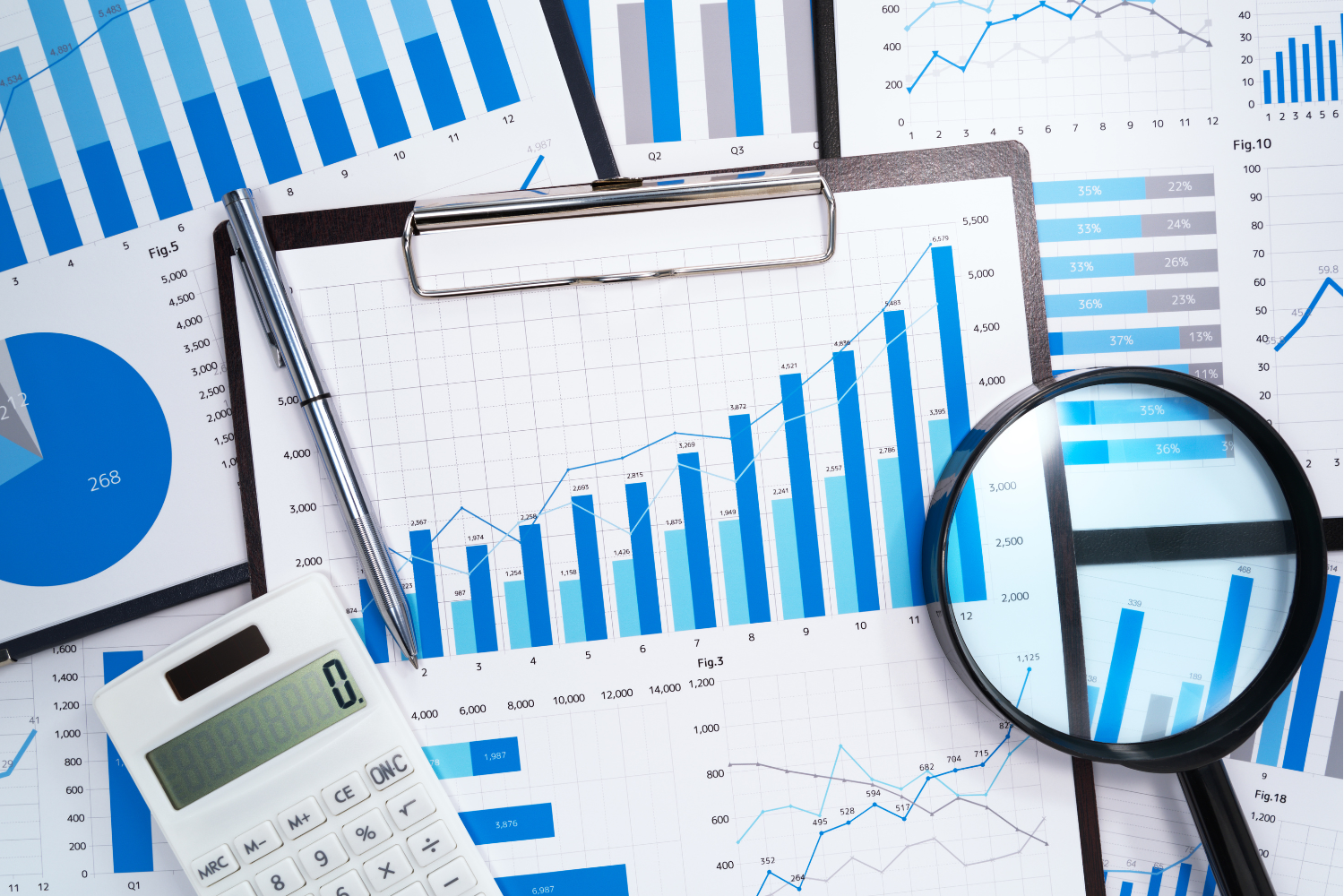Pricing products is like walking on thin ice. Be it a low price or a high price is not good. Suppose you set a low price. You will get many customers and large order sizes. But you will not make a profit as you need cover for the manufacturing or buying cost and also the other payments. If your products are expensive, you will face a crisis of losing market share and fewer sales. So, you have to set the right price for your business to do well and make a profit.

For a retailer, there are a lot of things to worry about including production costs, business goals, and finances. That means the workload they have to is not little. Setting the price for a new product or already existing product cannot be taken lightly at all. It is a huge leap for business.
If numbers and money behave logically, human minds behave way more complicatedly. So, the pricing process goes beyond just pure maths.
The ability to understand the human mind and knowing how to deal with them is the key to your success. It is not a secret that doing business is a psychological game. First, you grab the attention of a person showing him a convincing advertisement and make them want to buy your products. To make it easier you offer discounts. They will end up buying more than they initially intended to.
Price plays a big role in this game. Hence, you need to do your homework on different pricing strategies.
1. Retail price

Many retailers determine prices based on keystone pricing to get a healthy profit. But, you will need to make differences depending on the situation.
The following formula will help you to calculate the retail price.
Retail Price = [(Cost of item) / (100 – markup percentage)] x 100
According to this, the retail price will be changed based on the markup percentage, unlike the default percentage which is 50%.
However, this strategy does not work for every retailer as they have different goals and requirements. So, you need to look for other strategies as well.

2. MSRP or Manufacturer Suggested Retail Price
MSRP is the price suggested by manufacturers. This method was started to standardise prices across different retailers. This method is usually used for highly standardised products such as electronic appliances.
While simply using MSRP without much concern can be convenient, it will not help you to compete with other retailers as there can be multiple retailers who use the same price.
3. Keystone pricing
The simplest strategy you can use. It’s when you would price the product the same as the double of the wholesale cost. No matter how much easier it is, you need to know when to use that method and when not to use it.
If your products are highly demanded kind, this method will be good. In situations like this, retailers use a higher markup to increase the retail price.
On the other hand, it will be hard to carry out the products which are available anywhere.
Even though this strategy can ensure an ample profit margin, still it depends on the availability and demand for the product. So, a high price will not go well.

4. Bundle or multiple pricing
As the name suggests, this is when giving a single price for multiple products altogether. You bundle one product with another to sell more products. This is commonly used to sell clothes and groceries.
But you need to keep in mind that it will be not easy to sell single products for a higher price if you bundle them for a low cost. But this can drive large volume purchases.
5. Discount pricing

Well, who does reject discounts, coupons? Offering discounts is used by 97% of retailers making it one of the top pricing strategies used.
If you are a new business or introducing a new product, this method will be advantageous.
You can follow this for a clearance sale targeting price-conscious shoppers. But giving away too much will tarnish your reputation and will take you for a bargain retailer.
6. Loss leader pricing
This is where customers visit the store to buy a discounted product or to use a coupon but ending up buying other things as well.
Rather than simply selling a product for a discounted price, you can offer a special bundle price for complementary products. That way you can encourage customers to buy more. So, it will not be a loss for selling for a discounted price.
7. Pricing with odd numbers

Using a price ending in an odd number is a tried and true method. As an example, retailers sell the product for Rs.400 instead of Rs.500. They are called charm prices.
A study done about pricing has revealed that sales increasing is 24% than the rounded price.
Number nine of all the other odd numbers work like a charm for a business. You can see almost all the women’s cloth pricing is ending up with number nine.
But when it comes to luxury items, this method will give the impression that the products are defective.
8. Competitive pricing
Setting your competitors’ pricing information as a benchmark and determining your pricing is a method that can encourage customers to choose you over others.
This might not be the best strategy but have its benefits. Even though you will be offering a low price which looks like a loss, customers will go to you because of that. Customers are going to compare prices and decide to buy from you. So, the conversion rate also will be high. But of course, it still depends on the product’s quality.
9. Premium pricing

Offering low prices than your competitors is a good way to attract shoppers and increase the conversion rate. But offering higher prices can also be useful depending on the brand and products. For example, a premium price will give an impression of a more luxurious, prestigious brand.
As mentioned earlier, business is about dealing with people and their psychological behaviour. People assume that your products are in better quality because of the higher price. So, they will go for the high end looking brand rather than others even for the same product.
The possibility of the success of this method depends on your target customers. If they are price-conscious they are not likely to buy from you.
10. Anchor pricing
Displaying both the original price and discounted price can do the trick on consumers.
Consumers compare them and if the difference is high, they are more likely to buy the product. They use the original price as a reference point and think they need to buy that product just because it is discounted. You can use this method to sell mid-tier products because the price is not the highest or the lowest.
Rather than simply saying you will sell product discounted and the price is this, stating both prices is more convincing. That means knowing the original cost is more convincing than not knowing it.
Determine the wholesale prices

This is important for retailers who are involved with B2B sales.
Here, retailers will sell products for other retailers at a discounted price. This way, you can open your business to new audiences.
Consider the manufacturing or purchasing cost (COGM – Cost Of Goods Manufactured)
Total cost for purchasing or manufacturing cost including the cost for materials, labour cost has to be calculated.
You can use the following formula to calculate it.
Total Material Cost + Total Labour Cost + Additional Costs and Overhead = Cost of Goods Manufactured
Do not lower the profit margin than 50%
Use the following formula to calculate the retail margin percentage.
Retail Price – Cost / Retail Price = Retail Margin %
Set different prices for customers and B2B sales.
When it comes to business-business, order size is large and thus the price is low for one piece. But for direct customers, they are likely to buy one product. S you need to set a higher price for one item.
Pricing can determine whether the business will reach high or go down. So, be wise and follow these strategies and other references, your experience to succeed in online




Recent Comments